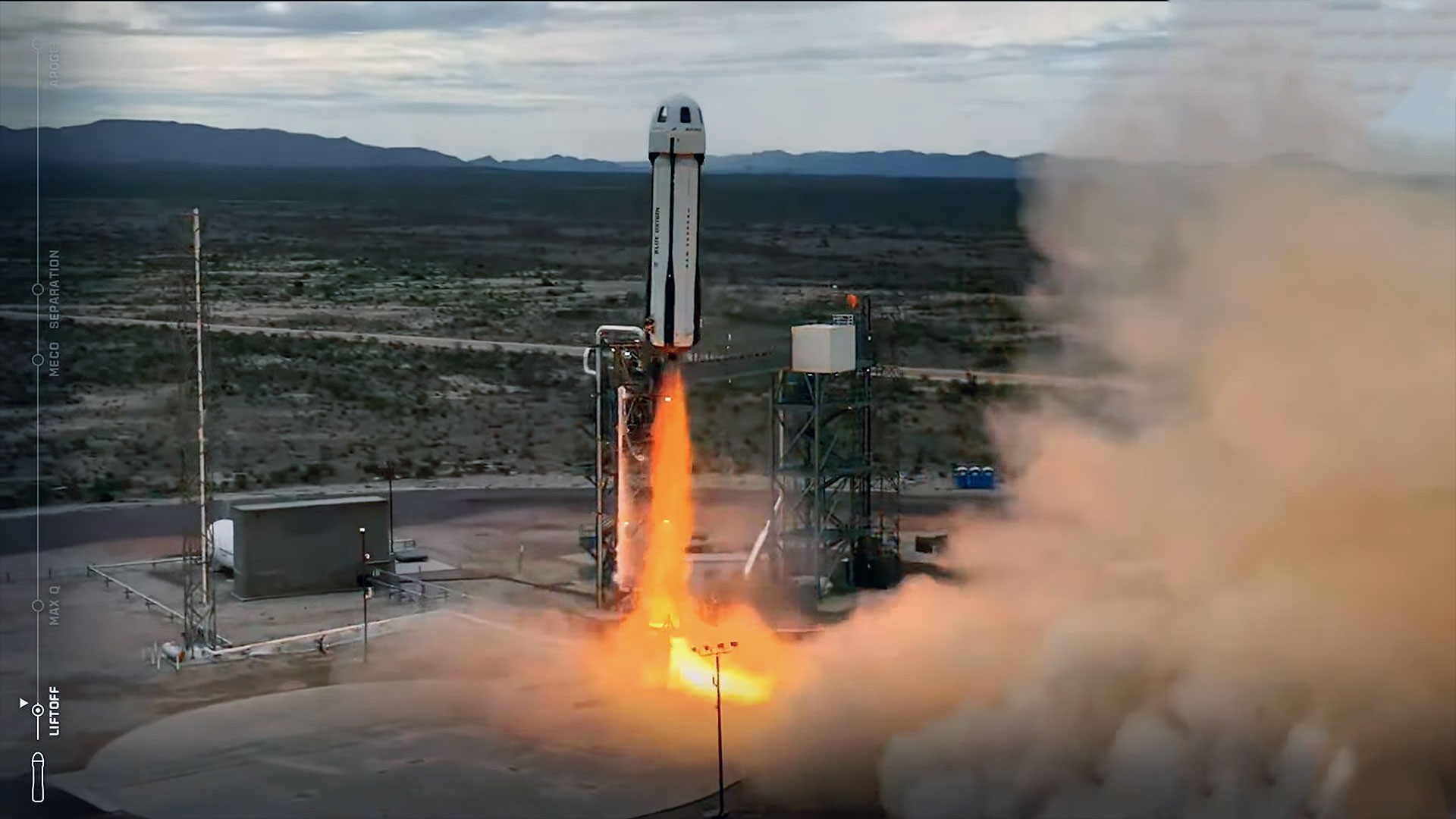China, Brazil Launch Remote Sensing Satellite
A joint mission developedby China and Brazil was shot into an orbit circling Earth's poles to snapdetailed images of the globe during an early Wednesday launch from China'snortheastern space base.
A LongMarch 4B rocket launched with the international satellite at 0326 GMTWednesday (11:26 p.m. EDT Tuesday) from the Taiyuan space center in China'sShanxi province, according to the state-run Xinhua news agency.
The booster's threeliquid-fueled stages accurately deposited the third China-Brazil EarthResources Satellite into a Sun-synchronous orbit about 12 minutes afterliftoff.
CBERS 2B was left in anearly circular orbit with an average altitude of approximately 462 miles (209miles), Xinhua reported. The Long March 4B was shooting for an orbitalinclination of 98.5 degrees.
Wednesday's launch markedthe 60th consecutive success for China's Long March rocket fleet. It was alsothe 8th space launch for China so far this year.
CBERS 2B will spend thenext few weeks undergoing systems tests and preparations for an operationalmission expected to last at least two years.
The 3,200-pound (1,451-kilogram)satellite was ordered by Chinese and Brazilian officials in 2004 to bridge thegap between older spacecraft and next-generation satellites, which should beginlaunching in 2009.
Breaking space news, the latest updates on rocket launches, skywatching events and more!
The craft's predecessors,CBERS 1 and CBERS 2, were launched by Chinese rockets in 1999 and 2003,respectively. Both outlived their baselined two-year missions, according toBrazil's National Institute for Space Research, a co-sponsor of the program.
The China Academy of SpaceTechnology was in charge of the Chinese contribution to the mission, Xinhuareported.
CBERS 2B carries threeprimary imaging cameras to take a wide range of pictures of locations scatteredthroughout the world.
A low-resolution camerawith a 60-degree field of view will specialize in capturing images of largeswaths of the planet. Another camera will be capable of taking pictures with aresolution of about 65 feet (213 meters).
Unlike its forerunners,CBERS 2B includes a high-resolution black-and-white camera able to produceimages showing objects as small as 2.5 meters, or about eight feet. CBERS 1 andCBERS 2 each carried an infrared scanning instrument instead.
Scientists expect to usedata from the project in environmental monitoring, crop planning and managingwater resources. Images can also be used to identify types of vegetation and insoil surveys. Pictures could also end up in geography textbooks, according toBrazilian space officials.
Images from the newhigh-resolution camera will also be useful in urban planning and militaryintelligence applications for China and Brazil.
China has a 70 percentstake in the 19-year-old program, while Brazil controls about 30 percent of theproject. Users in both nations have access to the satellite imagery.
Pictures from thespacecraft have been distributed online since 2004, and more than 15,000 usershave downloaded about 320,000 images since the Internet campaign began,according to Brazilian officials.
Two more satellites withfour cameras each will be launched in 2009 and 2011. The program extension wasapproved in 2002, and China and Brazil will equally split responsibility forthe new project.
- IMAGES: 20 Great Rocket Launches
- Special Report: Emerging China, Engaging China
- All About Satellites
Join our Space Forums to keep talking space on the latest missions, night sky and more! And if you have a news tip, correction or comment, let us know at: community@space.com.
Stephen Clark is the Editor of Spaceflight Now, a web-based publication dedicated to covering rocket launches, human spaceflight and exploration. He joined the Spaceflight Now team in 2009 and previously wrote as a senior reporter with the Daily Texan. You can follow Stephen's latest project at SpaceflightNow.com and on Twitter.
